Introduction
Chestnut-braised chicken wings are a testament to the art of harmonizing flavors and textures, a dish that marries the earthy sweetness of chestnuts with the savory richness of tender chicken. Originating from culinary traditions that celebrate seasonal ingredients, this recipe has evolved into a beloved comfort food across continents. The dish’s appeal lies in its balance—the chestnuts’ nutty depth complements the chicken’s umami, while a medley of aromatics and sauces creates a luscious sauce that coats every bite. Whether served at family gatherings, festive feasts, or cozy weeknight dinners, this dish embodies the joy of sharing a meal crafted with care.
This comprehensive guide will walk you through every step of creating chestnut-braised chicken wings, from selecting the freshest ingredients to mastering the braising technique that elevates this dish to gourmet heights. We’ll explore the science behind flavor fusion, troubleshoot common pitfalls, and even suggest creative twists to suit dietary preferences. By the end, you’ll not only have a recipe but also the confidence to adapt it to your palate, turning a simple meal into a culinary masterpiece.
Ingredients: Assembling Your Culinary Toolkit
To embark on this flavor journey, gather the following ingredients. Quantities are tailored to serve four, with adjustments noted for larger groups.
For the Chicken and Chestnuts
- 2 lbs (900g) chicken wings, preferably organic or free-range
- 1 lb (450g) fresh chestnuts (or vacuum-packed, ready-to-use chestnuts)
- 3 tbsp vegetable oil (or neutral oil like canola)
- 1 tbsp sesame oil (for aromatic depth)
Aromatics and Flavor Boosters

- 4 garlic cloves, minced
- 2-inch ginger knob, peeled and grated
- 1 medium onion, thinly sliced
- 3 scallions, white and green parts separated, chopped
Sauces and Seasonings
- ¼ cup (60ml) soy sauce (low-sodium recommended)
- 2 tbsp oyster sauce
- 1 tbsp hoisin sauce
- 1 tbsp rice vinegar (or apple cider vinegar)
- 1 tbsp brown sugar (or honey for a floral note)
- 1 tsp five-spice powder (or substitute with ½ tsp cinnamon + ½ tsp star anise)
- 1 cup (240ml) chicken broth (low-sodium)
- ½ cup (120ml) dry sherry (or Shaoxing wine; optional but enhances complexity)
Garnishes and Accompaniments
- 1 tbsp toasted sesame seeds
- 2 red chili peppers, thinly sliced (optional, for heat)
- Fresh cilantro or Thai basil leaves
- Steamed jasmine rice or egg noodles for serving
Equipment Checklist
- Heavy-bottomed Dutch oven or braiser
- Paring knife (for chestnut scoring)
- Wooden spoon or silicone spatula
- Meat thermometer (optional, for precision)
Step-by-Step Guide: Elevating Simplicity to Sophistication
Preparing the Chestnuts: Cracking Nature’s Bounty
Fresh chestnuts require careful preparation to unlock their sweet potential. If using vacuum-packed chestnuts, skip to Step 2.
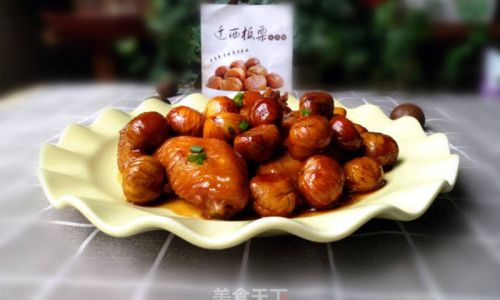
- Scoring: With a paring knife, carefully score an “X” on the flat side of each chestnut. This prevents explosion during roasting and eases peeling.
- Roasting: Preheat oven to 400°F (200°C). Arrange chestnuts on a baking sheet and roast for 15–20 minutes until the shells curl at the scores.
- Peeling: While still warm, wrap chestnuts in a kitchen towel and gently crush to loosen shells. Peel off both the outer shell and inner papery skin. Set aside.
Pro Tip: For stubborn shells, soak peeled chestnuts in warm water for 10 minutes to soften any remaining skin.
Marinating the Chicken: Laying the Flavor Foundation
Marination infuses the chicken with aromatic depth.
- In a large bowl, combine chicken wings, 1 tbsp soy sauce, 1 tbsp oyster sauce, 1 tsp five-spice powder, and 1 tbsp vegetable oil.
- Massage the marinade into the chicken, ensuring even coating. Cover and refrigerate for 30 minutes (or up to 4 hours for intense flavor).
Science Corner: Marinating not only seasons the meat but also begins denaturing proteins, ensuring tenderness during cooking.
Searing the Wings: Building Maillard Magic
Searing creates a caramelized crust that seals in juices and adds complexity.
- Heat 2 tbsp vegetable oil in the Dutch oven over medium-high heat. Pat chicken wings dry (to prevent splattering) and sear in batches, skin-side down, for 4–5 minutes per side until golden. Transfer to a plate.
Culinary Insight: Avoid overcrowding the pan—this lowers the oil temperature and leads to steaming, not searing.
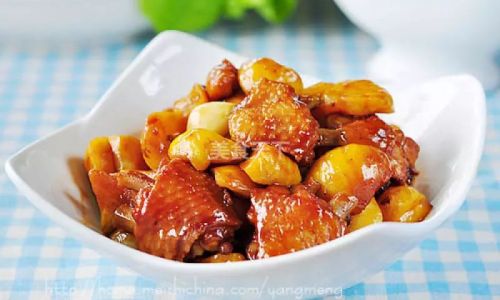
Sautéing Aromatics: Awakening the Senses
The aromatic base forms the dish’s soul.
- Reduce heat to medium. Add sesame oil, then sauté garlic, ginger, onion, and scallion whites for 2–3 minutes until fragrant.
- Stir in five-spice powder and brown sugar, toasting for 30 seconds to release essential oils.
Deglazing and Braising: The Alchemy of Liquid and Heat
This step meld flavors into a cohesive sauce.
- Deglaze the pan with dry sherry, scraping up browned bits. Simmer for 2 minutes to evaporate alcohol.
- Return chicken wings to the pot, nestling them among aromatics. Add chestnuts, soy sauce, oyster sauce, hoisin sauce, rice vinegar, and chicken broth.
- Bring to a simmer, then reduce heat to low. Cover and braise for 45–50 minutes, stirring occasionally, until chicken is tender (internal temp 165°F/74°C) and chestnuts are soft.
Troubleshooting: If the sauce reduces too quickly, add splashes of broth. For a thicker consistency, remove lid in the final 10 minutes.
Finishing Touches: Elevating the Dish
- Uncover and increase heat to medium-high. Simmer for 5–7 minutes to thicken the sauce.
- Fold in scallion greens and chili slices (if using). Taste and adjust seasoning with salt or a splash of vinegar.
Variations and Substitutions: Customizing Your Creation
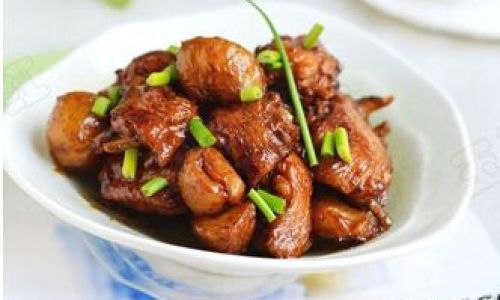
- Protein Swap: Use chicken thighs or drumsticks for darker meat. Adjust cooking time to 55–60 minutes.
- Vegetarian Twist: Substitute seitan or hearty mushrooms (e.g., king oyster) for chicken. Increase chestnuts to 1.5 lbs.
- Spice Level: Add Sichuan peppercorns during searing or a dollop of chili crisp before serving.
- Gluten-Free: Use tamari instead of soy sauce and ensure oyster sauce is gluten-free.
Serving Suggestions: Plating with Panache
- Rice Pairing: Serve over jasmine rice to soak up the sauce. Garnish with sesame seeds and cilantro.
- Noodle Companion: Toss with udon noodles and a drizzle of chili oil.
- Appetizer Adaptation: Halve the recipe and serve with toothpicks for bite-sized indulgence.
Troubleshooting Common Challenges
- Tough Chestnuts: Roast 5 minutes longer or simmer in broth before adding to the braise.
- Bland Flavor: Amplify with a splash of fish sauce or a teaspoon of miso paste.
- Oily Sauce: Skim excess fat with a spoon or absorb with a paper towel.
Health and Nutrition: Nourishment Beyond the Plate
Chestnuts are a nutritional powerhouse, offering fiber, vitamin C, and potassium. Chicken wings provide lean protein (when skin is removed) and B vitamins. This dish, when enjoyed in moderation, fits into a balanced diet. For a lighter version, use skinless wings and reduce oil by half.
Conclusion: The Joy of Shared Plates
Chestnut-braised chicken wings transcend mere sustenance—they are a labor of love, a dish that rewards patience and attention. As you savor each tender morsel, consider the centuries of cooks who perfected this balance of earth and fowl. Whether you’re a novice or a seasoned home chef, this recipe invites creativity. Experiment, adapt, and most importantly, share the results with those you cherish. After all, the best dishes are not just eaten but remembered.
Epilogue: Beyond the Recipe
The true magic of cooking lies in the stories we create in our kitchens. Let this recipe be a starting point—a canvas for your culinary imagination. Perhaps next time, you’ll add a sprinkle of smoked paprika or swap chestnuts for butternut squash. However you adapt it, may your table be filled with laughter, and your heart with the satisfaction of a meal well-made.
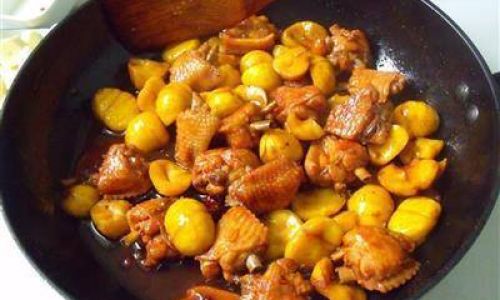
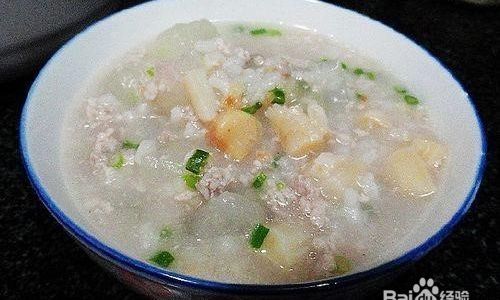
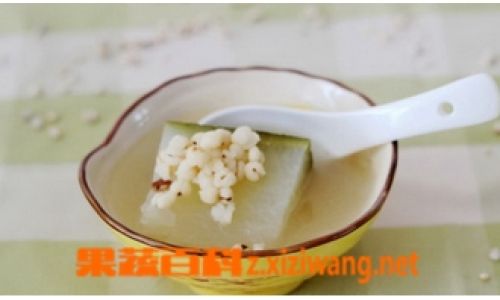
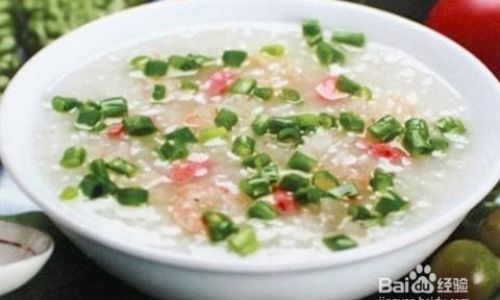
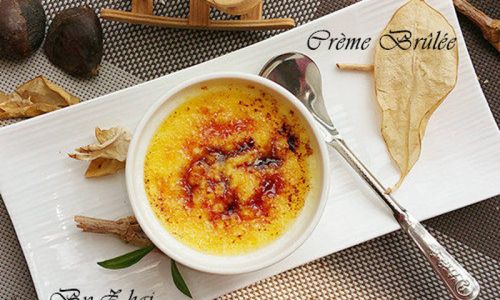
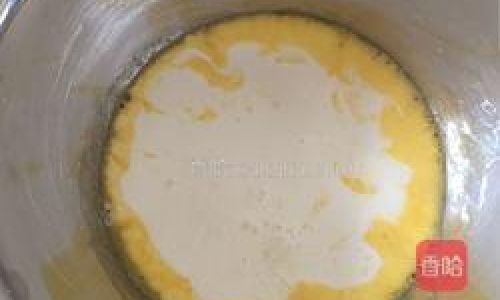

0 comments